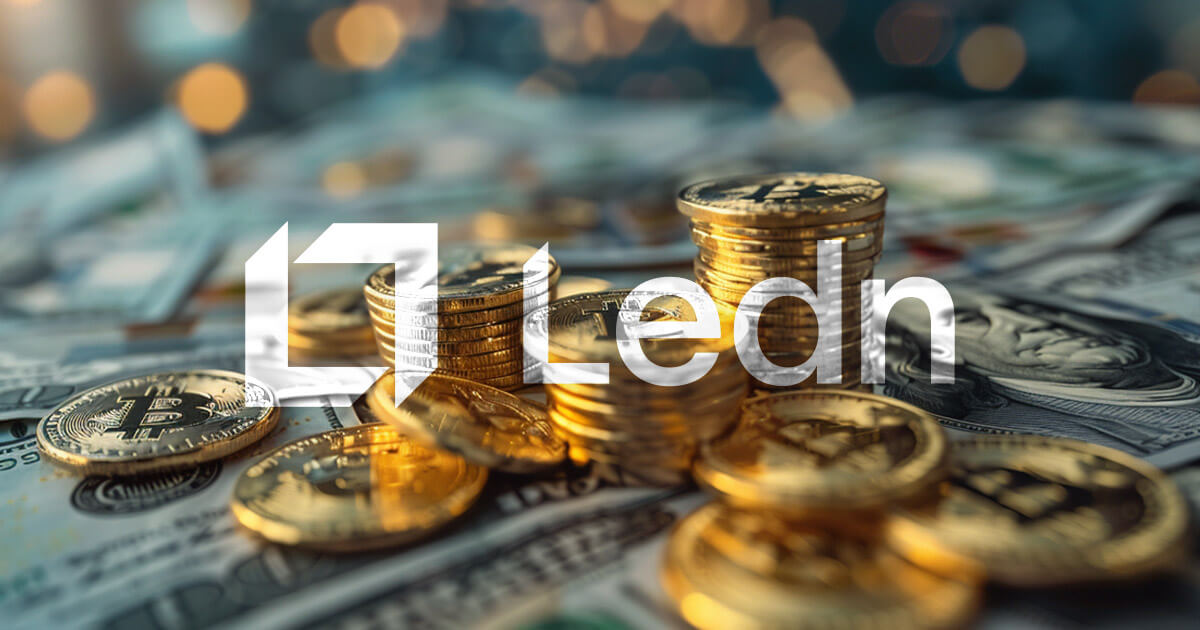

Crypto lender Ledn said it processed $506 million in loan transactions in the third quarter, according to an Oct. 21 statement shared with CryptoSlate.
According to the company, $437.7 million in loans were made to institutional clients, while loans to retail clients rose 225% year-over-year to $68.9 million. This increase in retail lending is attributed to the Celsius refinancing program, the launch of crypto ETFs, and a period of reduced market volatility.
Ledn has processed $1.67 billion in loans to date, including $258.7 million for retail users and $1.41 billion for institutions.
Since its founding in 2018, Ledn has originated more than $6.5 billion in loans across both the retail and institutional markets.
What drives the demand?
Ledn attributed the rising demand for its services to the growing need for digital asset-backed lending, as key players explore alternative financing options. This increase is influenced by tighter monetary policy and intense competition for dollar-based financing.
Ledn also noted that growth in the third quarter followed strong momentum in the second quarter, which saw demand increase due to notable market events. These include Bitcoin’s halving in April, which saw mining rewards reduced from 6.25 BTC to 3.125 BTC, and the introduction of Ethereum ETFs in Asia.
The company further emphasized that macroeconomic conditions such as rising inflation, economic uncertainty and the need for portfolio diversification have contributed to the surge in demand.
Ledn CIO John Glover highlighted that institutional demand peaked in July. This notably happened when the Securities and Exchange Commission (SEC) approved Ethereum ETFs for trading in the US.
Meanwhile, Glover pointed out that the market is still looking for the next catalyst to push Bitcoin’s price to a new all-time high. He suggested that the upcoming US elections could be that trigger.
He stated:
“It seems like a lot of hope is being placed on the November elections as a catalyst. Demand for institutional loans was also fairly consistent with overall demand for ETFs, where there was a similar jump in July.”







Leave a Reply